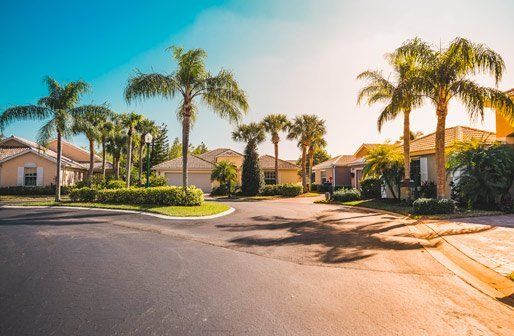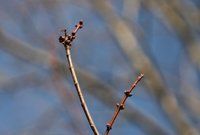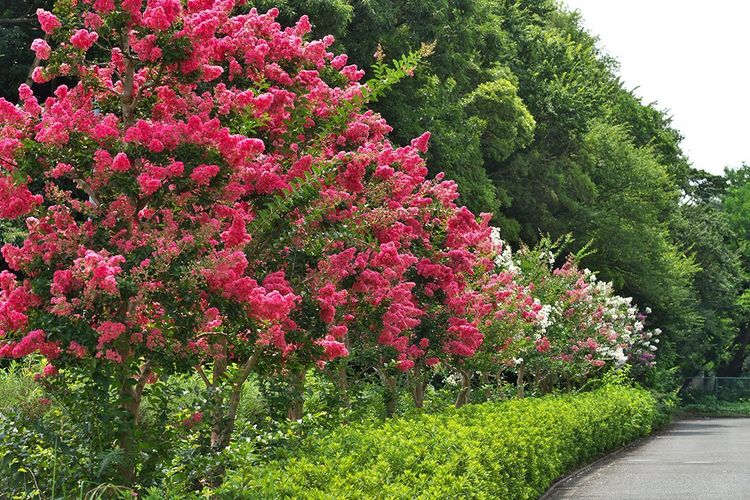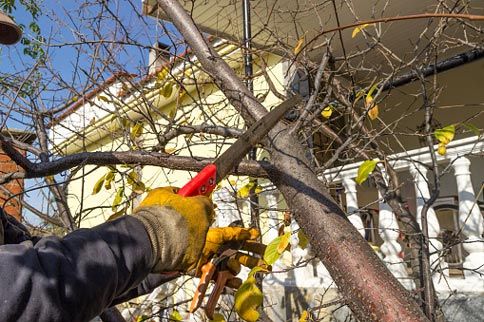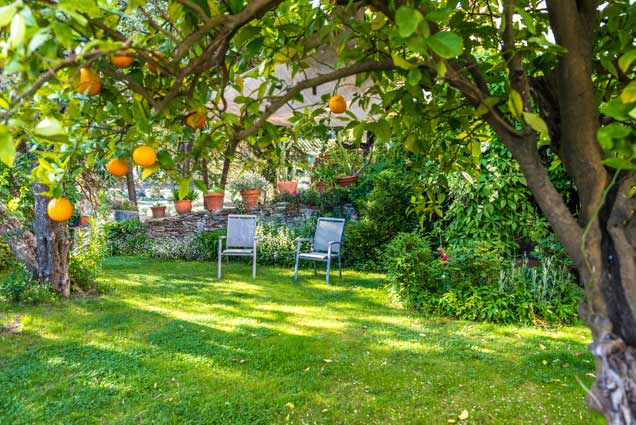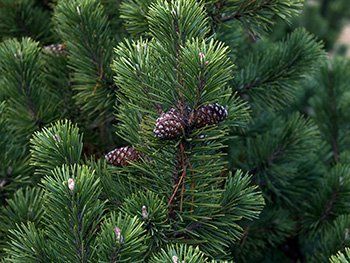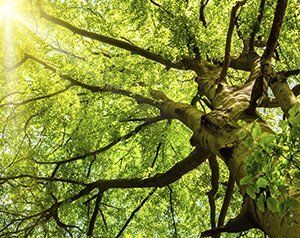Plant Storm-Resistant Trees
Hurricanes batter and bully trees with raging high winds and driving rain. Hard and icy hail sometimes beats down on tree branches and foliage. Only the hardiest, strongest trees survive the most devastating hurricanes.
In general, slow-growing trees are less susceptible to limb breakage under stress than fast-growing trees. Long-lived, slow-growing Southern live oaks are examples of trees that have evolved to cope with saltwater spray from sea-borne storms and high pressures exerted by hurricane-force winds.
The following trees are wind-resistant varieties recommended for the North Florida landscape:
- Sand live oak
- Swamp chestnut oak
- Southern magnolia
- Crape myrtle
- Bald cypress
- Sweetgum
- Holly
- Sycamore
- Blackgum
- Cabbage or sabal palm
For the best results, plant trees in groups of several specimens. The merging branches and crowns of clustered trees create a wind-resistant canopy that has shown to provide additional protection to trees. Ensure that when you plant your trees, they have room to develop deep root systems to anchor the plants firmly in the soil.
Remove Dead and Weak Trees
Weak branches and dead trees are ticking time bombs waiting to fall or blow on people and property during hurricanes. If you have trees that are declining or dead, schedule removal of the hazardous trees to protect yourself and your home in high-wind situations.
Hire your tree service professional to inspect all of your trees at least once a year to assess their health and check for hazards. Since insects, fungi, and bacteria can kill and severely weaken trees, annual examinations of your trees help spot and correct the conditions listed above before your trees are significantly harmed.
Hire your tree service to remove any trees that the professionals believe carry high risks of falling or losing branches. Consider having the tree service remove tree species known to have poor wind resistance. During hurricane season, your property will be much safer without weak or dead trees waiting to collapse.
Trees with poor wind-resistance include:
- Sand pine
- Chinese elm
- Water oak
- Laurel oak
- Red maple
- Southern red cedar
- Queen palm
Pine trees are notorious for having poor outcomes after storms. For example, South Florida slash pines and standing longleaf pines died in huge numbers after Hurricane Charlie. If you have a large number of pines on your property, ask your tree service professional for advice on how to thin or manage the trees for the least amount of potential hurricane damage.
Schedule Proper Tree Pruning for Wind Resistance
The strongest tree species can be rendered flimsy with improper or neglected pruning. On the other hand, proper pruning is one of the best ways to make your trees more wind resistant.
A condition called branch failure occurs when weak or crossed branches are left on the trunks of trees. If branches attach to the tree with a V-shape connection instead of a U-shaped connection, the branches easily split off at the V-joint under intense winds. Bark builds up inside the V-joint and makes the attachment to the tree weaker.
Trees with multiple trunks are also susceptible to splitting during high winds. To avoid having trees that develop multiple trunks or V-shaped branch attachments, schedule routine pruning of your trees starting when the trees are young.
The University of Florida recently conducted a study that shows the benefits of pruning trees for storm resistance. Trees that were properly pruned suffered less windstorm damage than trees that were incorrectly or never pruned.
Get your trees all ready for hurricane season in Jacksonville by contacting Big Ben's Tree Service today. Schedule pruning of healthy trees and removal of weakened trees with our professional tree removal and crane services. We also offer 24-hour tree-related emergency storm services in the North Florida region.
